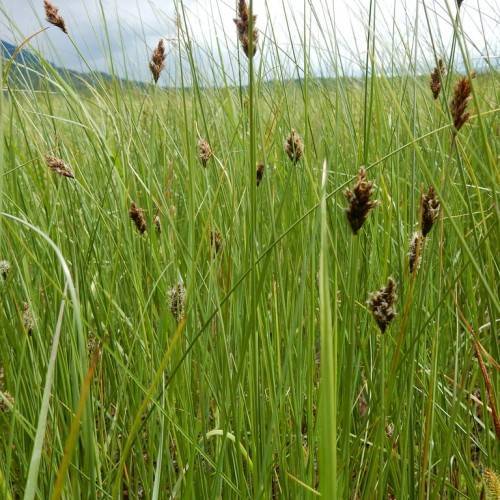
Sartwell's Sedge
Carex sartwellii
Also Known As - Running Marsh SedgeWatering:
Average
Hardiness Zone:
Flowers:
Flowers
Sun:
Sun
Soil:
Clay, Sand
Fruits:
Fruits Ready In Fall
Leaf:
Yes
Growth Rate:
Low
Drought Tolerant:
Yes
Salt Tolerant:
Yes
Care Level:
Medium
watering
Rock Sedge is a hardy plant species that grows best in dry soil with well-draining conditions. When watering Rock Sedge, it is important to water it deeply but sparingly. In hot, dry weather periods, only water every other day, allowing the soil to become dry between each watering. In milder climates, a once-a-week deep watering should be sufficient. It is best to water during the morning or evening when temperatures are cooler, and water should be applied directly to the soil rather than onto the plant leaves. In addition, mulch can be applied around the plant root system to help conserve moisture in the soil.
sunlight
Rock Sedge prefers full sunlight to partial shade, and typically does best with 6 to 8 hours of direct sunlight each day. It is a drought-tolerant species and does not need frequent watering. However, the sedge may need extra water during periods of extreme heat or drought. Rock Sedge will flourish if planted in an area that provides direct sunlight for most of the day, although it can tolerate part-shade conditions. Placing it in a southward or westward facing location can ensure ample sunlight throughout the growing season.
pruning
Rock Sedge should be pruned in early spring before the new growth appears. Pruning should be minimal, with only the tallest and oldest stems being carefully pruned back to within a few inches of the ground. Dead leaves or stems should also be removed at this time. Repeat this pruning each year in the spring to maintain a healthy plant.
